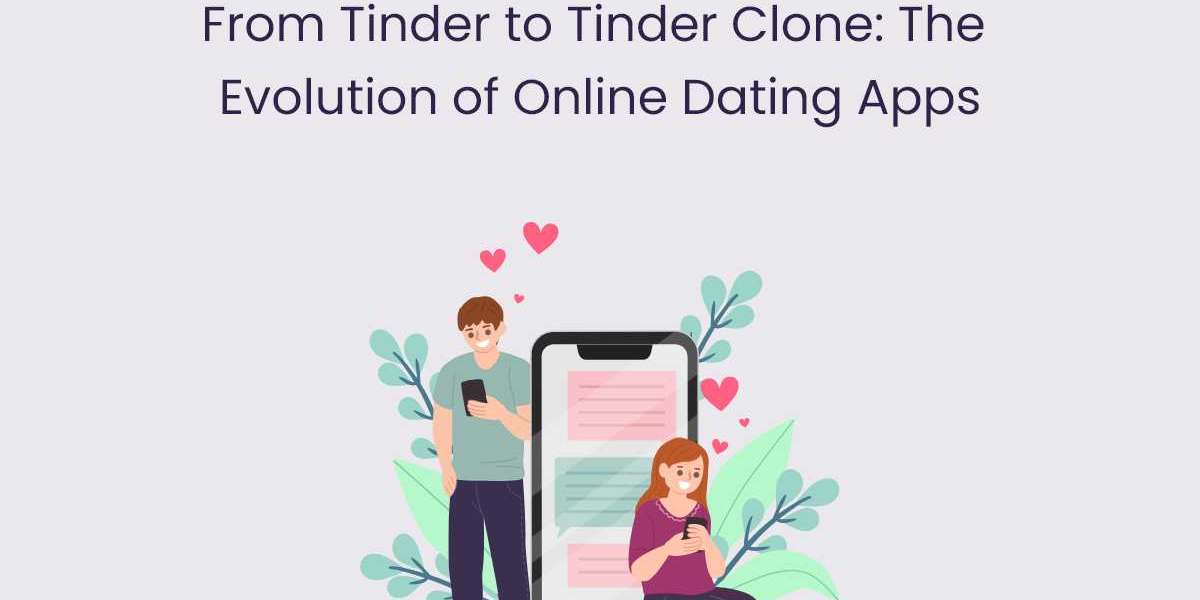In the digital age, online dating has become an integral part of how people meet and connect. Among the myriad of dating platforms that have emerged, Tinder stands out as a pioneer that has reshaped the landscape of modern romance. Launched in 2012, Tinder introduced a revolutionary concept: swiping through profiles to indicate interest in potential matches. This simple yet effective interface appealed to a generation seeking convenience and instant gratification, propelling Tinder to unprecedented levels of popularity.
The Birth of a Phenomenon: Tinder's Innovative Approach to Matchmaking
Tinder's success can be attributed to several key factors. Its user-friendly interface made it accessible to individuals of all ages and technological backgrounds, eliminating the barriers to entry that plagued traditional dating websites. Moreover, Tinder's mobile-first approach allowed users to access the app anytime, anywhere, transforming online dating into a ubiquitous part of daily life.
The Impact of Tinder on Modern Dating Culture
Tinder not only changed how people meet but also influenced the way relationships are formed and maintained. Its casual, swipe-based approach to matchmaking challenged traditional notions of courtship, paving the way for a more relaxed and spontaneous dating culture. Additionally, Tinder's emphasis on visual appeal and brevity in profiles shifted the focus from personality compatibility to initial attraction, sparking debates about the superficiality of online dating.
The Emergence of Tinder Clone Apps: A New Generation of Dating Platforms
As Tinder's popularity soared, it paved the way for a new wave of dating apps known as Tinder clones. These platforms sought to replicate Tinder's winning formula while offering slight variations or niche targeting to attract users. While some clones aimed to capitalize on Tinder's success by mimicking its core features, others differentiated themselves through innovative approaches to matchmaking and user experience.
Bumble: Putting Women in Control of the Conversation
One of the most successful Tinder clone app is Bumble, founded in 2014 by former Tinder executive Whitney Wolfe Herd. Bumble differentiated itself by giving women control over the conversation, requiring them to initiate contact with potential matches. This feminist approach resonated with many users and helped Bumble carve out its own niche in the competitive dating app market.
Hinge: Fostering Meaningful Connections Over Casual Encounters
Another notable Tinder clone app is Hinge, which emerged as an alternative to Tinder by focusing on fostering meaningful connections rather than casual hookups. Hinge curated matches based on mutual friends and shared interests, aiming to facilitate more authentic interactions between users. With its tagline "designed to be deleted," Hinge positioned itself as a platform for users seeking long-term relationships rather than fleeting encounters.
The Pros and Cons of Tinder Clone Apps: Navigating the Landscape of Online Dating
While Tinder clone apps offer users a diverse array of options and experiences, they are not without their drawbacks. Critics argue that these clones perpetuate the shallowness and superficiality of modern dating culture, reducing human connections to a series of swipes and likes. Moreover, the sheer volume of options available on these platforms can be overwhelming, leading to decision fatigue and analysis paralysis for users.
Pros: Diverse Options and Innovative Features
Tinder clone apps offer users a wide range of choices and experiences, catering to diverse preferences and interests. From niche targeting to innovative features, these clones are constantly evolving to meet the changing needs and preferences of users. Additionally, Tinder clone apps provide a platform for individuals to explore new connections and expand their social circles, ultimately increasing the likelihood of finding compatible matches.
Cons: Shallow Interactions and Decision Fatigue
Critics argue that Tinder clone apps perpetuate the shallowness and superficiality of modern dating culture, prioritizing physical attraction over deeper connections. Moreover, the sheer volume of options available on these platforms can be overwhelming, leading to decision fatigue and analysis paralysis for users. Additionally, the gamification of dating on Tinder clone apps can foster a culture of casual hookups and short-term flings, undermining the potential for meaningful relationships.
Conclusion
In conclusion, the evolution of online dating from Tinder to Tinder clone apps represents a seismic shift in how people approach relationships in the digital age. While Tinder may have pioneered the swipe-based model, its imitators have taken the concept to new heights, offering users a diverse array of options and experiences to choose from. As technology continues to advance and societal attitudes towards dating evolve, one thing is certain – the world of online dating is here to stay, and Tinder clone apps will continue to play a significant role in shaping its future.




